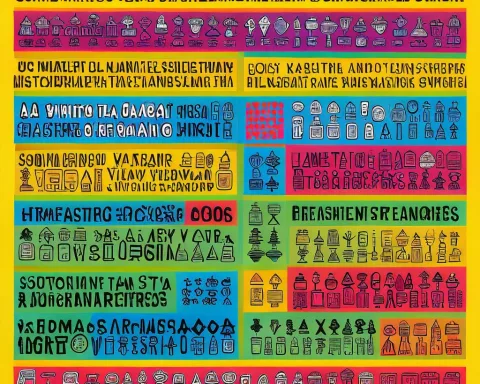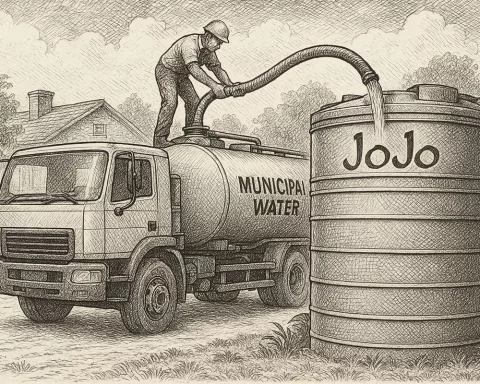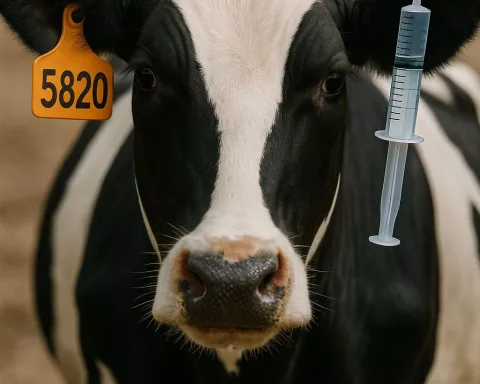South African cricket stands at a crossroads, buzzing with hope and challenges. The game, loved by many, is pushing to include more players of color through strict quotas, but this has sparked debates about fairness and skill. The Eastern Cape Warriors faced backlash for not meeting these quotas, highlighting the tension between tradition and the need for change. Sports Minister Gayton McKenzie passionately argues for a team that truly reflects South Africa’s diversity, insisting that cricket should unite rather than divide. As the sun sets over the cricket fields, the journey toward a more inclusive sport continues, driven by the belief that everyone deserves a chance to shine.
What are the key issues in transforming South African cricket?
The transformation of South African cricket centers on enforcing player quotas to ensure diversity, addressing systemic inequalities, and balancing performance with inclusivity. Key issues include resistance to quotas, the debate over meritocracy vs. representation, and the need for a cultural shift within the sport.
Dawn of a New Era in South African Cricket
The sun rises over South Africa’s vibrant, green fields, casting long shadows on a sport that has both unified and divided communities: cricket. This game, rich in history, stands at a pivotal point between its storied past and a potentially transformative future. At the heart of this transformation is South Africa’s Sports Minister, Gayton McKenzie, who has openly criticized Cricket South Africa (CSA) for its slow progress in implementing player quotas at the domestic level. His frustration speaks to larger, systemic issues within the sport.
The recent uproar involving the Eastern Cape Warriors exemplifies these underlying tensions. The team lost points in the 1-Day Cup for failing to meet player quotas, choosing instead to field a specialist spinner. This decision kept the Warriors out of the tournament playoffs, sparking both a formal dispute from the team and a public outcry. The incident highlights the complexities and controversies surrounding the enforcement of CSA’s policies.
CSA has established clear mandates: domestic teams must include at least six players of color, with three being black African. Despite these stringent guidelines, McKenzie dismisses accusations of tokenism. He envisions a South African team that genuinely reflects the nation’s diverse population—an entity that goes beyond mere numerical targets to embody true representation. McKenzie’s impassioned plea underscores the importance of inclusivity: “You can’t have a South African team and only one black player at the World Cup, it’s disrespectful,” he declared.
A Historical Context: Cricket’s Evolution in South Africa
Following the end of apartheid, the dream of a rainbow nation extended to the cricket field. Authorities introduced quotas to address past injustices and create opportunities for black players. However, the implementation of these quotas has encountered numerous challenges. Critics argue that the system fosters division rather than unity, imposing undue pressure on players of color to perform at exceptional levels.
Nonetheless, McKenzie’s stance is firm. He believes that quotas are essential for breaking down barriers and providing opportunities for talented black cricketers. “You can’t tell me that black players aren’t talented. Cricket is going to hit a brick wall if it continues this way,” he warned. McKenzie’s words resonate with many who see the current system, despite its flaws, as a crucial step toward a more inclusive future.
The Ongoing Tension: Transformation vs. Performance
The tension between transformation goals and on-field performance remains a contentious issue. Some view quotas as a compromise on meritocracy, potentially excluding more skilled players to meet racial targets. Others see them as a necessary intervention to ensure cricket reflects South Africa’s demographic realities.
This dichotomy is not unique to South Africa. Nations worldwide grapple with the challenge of balancing diversity and excellence in sports. In the United States, for example, discussions about minority representation in coaching and executive positions mirror South Africa’s cricket transformation debate. Both scenarios underscore the broader struggle to create equitable systems within historically exclusive institutions.
The Eastern Cape Warriors’ situation underscores the complexities of enforcing transformation policies. Their decision to field fewer black African players in favor of a specialist spinner highlights the delicate balance between strategic choices and adherence to quotas. The ensuing penalty and exclusion from the playoffs raise questions about the effectiveness of the current system.
Moving Forward: Vision for an Inclusive Future
While McKenzie’s frustration is palpable, his vision for a representative South African cricket team remains unwavering. It’s a vision that transcends numerical targets, aiming to cultivate a culture of inclusivity and respect. “Cricket is not just a game; it’s a reflection of our society,” McKenzie remarked. “We must ensure that it embodies the values of equality and unity.”
The path forward for CSA is fraught with challenges. The organization must strike a delicate balance between enforcing transformation targets and ensuring top-tier performance. This task necessitates reevaluating current policies, fostering stakeholder dialogue, and embracing innovative solutions that extend beyond quotas.
Historical precedents offer valuable lessons. The Civil Rights Movement in the United States demonstrated that systemic change requires both grassroots activism and institutional reform. Similarly, transforming South African cricket demands a coordinated effort from administrators, players, and fans.
Artistic movements, such as the Renaissance, provide further analogies. Like the Renaissance artists who bridged the gap between medieval and modern worlds, South African cricket must integrate its past with a forward-thinking vision. Emphasizing humanism and rediscovery of classical ideals, periods of transformation often lead to significant cultural shifts.
The struggle for transformation in South African cricket extends beyond policy debates. It reflects a broader societal quest for equality and recognition. As the sun sets on cricket fields, casting a golden hue over the wickets, the journey toward a more inclusive game continues. Driven by the voices of those who believe in the power of sport to unite and inspire, the quest for a truly representative cricket team remains a cornerstone of South Africa’s evolving narrative.
FAQ: Transformation in South African Cricket
What are the main goals of the transformation efforts in South African cricket?
The primary goals of the transformation efforts in South African cricket include enforcing player quotas to ensure diversity, addressing systemic inequalities within the sport, and creating opportunities for players of color. These initiatives aim to foster an inclusive environment that reflects the nation’s demographic realities and breaks down historical barriers.
Why have player quotas sparked controversy within the cricket community?
Player quotas have sparked controversy due to conflicting views on meritocracy versus representation. Critics argue that focusing on racial targets may compromise the quality of play by prioritizing diversity over skill. Proponents, however, see quotas as vital for ensuring that talented players of color receive opportunities in a historically exclusive sport.
How did the Eastern Cape Warriors’ situation highlight the challenges of transformation?
The Eastern Cape Warriors faced backlash for failing to meet the player quotas set by Cricket South Africa (CSA), resulting in a penalty that excluded them from tournament playoffs. Their choice to field a specialist spinner instead of adhering to racial targets raised questions about the effectiveness of the quota system and the complexities of balancing strategy with compliance.
What is Sports Minister Gayton McKenzie’s vision for South African cricket?
Sports Minister Gayton McKenzie envisions a South African cricket team that genuinely reflects the nation’s diversity. He believes that quotas should not be viewed as tokenism but rather as a necessary step towards inclusivity. McKenzie advocates for a team that embodies equality and unity, emphasizing that cricket should unite rather than divide the nation.
How does the struggle for transformation in cricket relate to broader societal issues in South Africa?
The struggle for transformation in South African cricket reflects wider societal quests for equality and recognition in a post-apartheid context. Just as the Civil Rights Movement in the United States sought systemic change, the transformation of cricket in South Africa is part of a larger effort to address historical injustices and promote inclusivity in various facets of society.
What steps can be taken to ensure a successful transformation in South African cricket?
To ensure a successful transformation, stakeholders must engage in honest dialogue, reevaluate existing policies, and embrace innovative solutions beyond quotas. This includes fostering a culture of respect and inclusivity within cricket, ensuring that all players—regardless of background—are given the opportunity to excel. Collaborative efforts among administrators, players, and fans will be crucial in moving towards a more equitable system.












